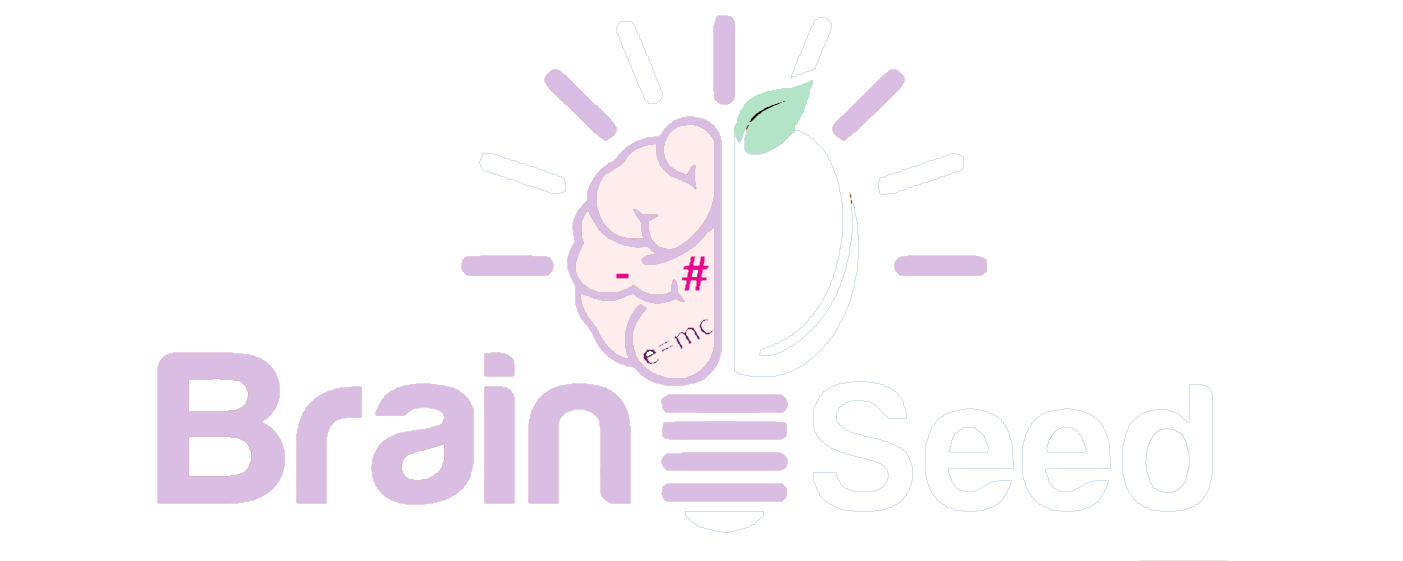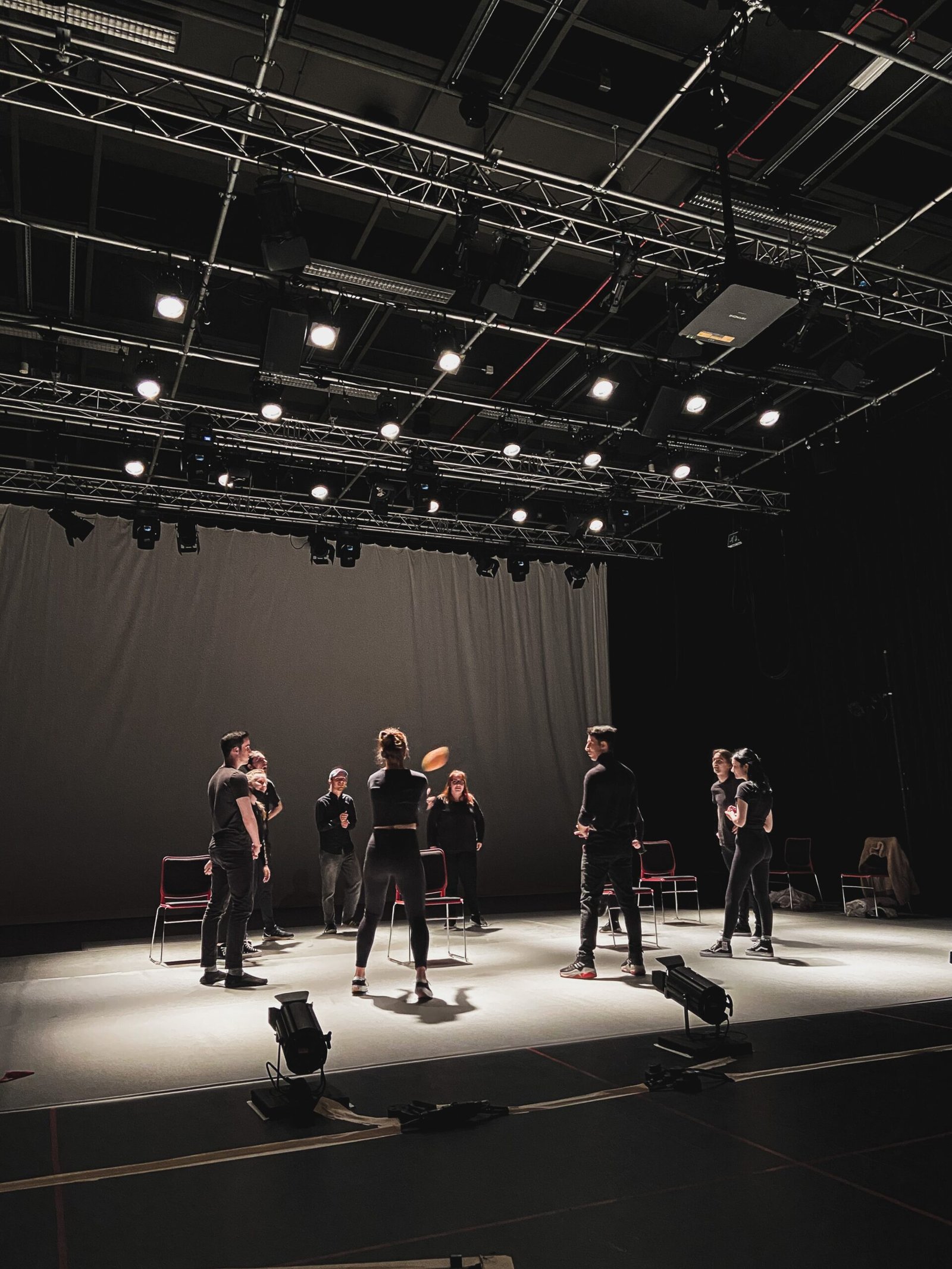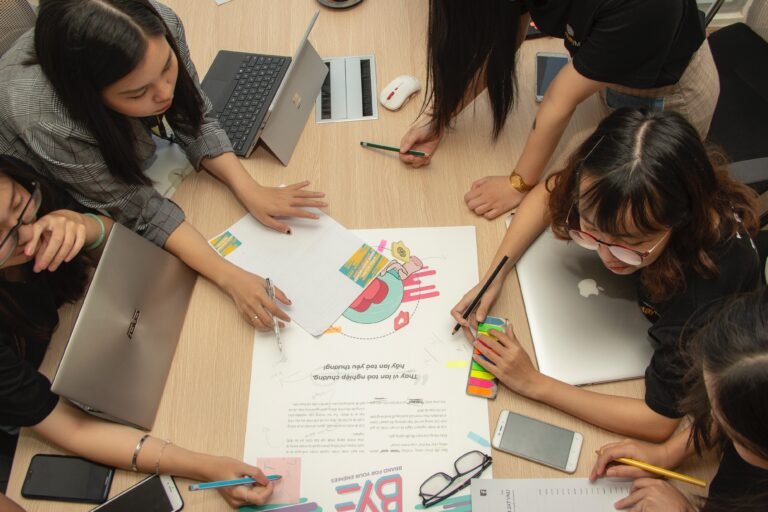The use of improvisation and role-playing in drama classes
Improvisation and role-playing are two key methods commonly used in drama classes. These techniques allow students to develop their creativity, communication skills, and confidence while exploring various characters and situations. In this article, we will delve into the use of improvisation and role-playing in drama classes and examine some of the advantages they offer.
Improvisation
Improvisation is a technique used in drama classes where students are given a scene or situation and are asked to improvise their lines and actions on the spot. Improvisation helps students develop their ability to think quickly and creatively while encouraging them to work cooperatively with their peers. Comedy exercises can range from simple activities like “Yes, and…” where students build upon each other’s ideas to more complex scenes that require students to create fully-realized characters and storylines.
Role-Playing
Role-playing involves students taking on the roles of different characters in a given situation. In a drama class, this may involve students acting out scenes from a play or creating their own characters and situations. Role-playing helps students develop their ability to empathize with others as they must consider the motivations and emotions of their characters to bring them to life.
Benefits for Students
Improvisation and role-playing offer numerous benefits for students. First and foremost, they provide an opportunity for students to practice and develop their communication skills. Improvisation, in particular, can help students become better listeners and more effective communicators as they must react and respond to their peers in real-time. Role-playing, on the other hand, can help students develop their ability to articulate their thoughts and feelings as they must inhabit the perspectives of their characters.
In addition to communication skills, improvisation and role-playing can also help students develop their confidence and creativity. By taking risks and trying new things in a safe and supportive environment, students can build their confidence and become more comfortable with putting themselves out there creatively. Improvisation, in particular, encourages students to think outside the box and come up with creative solutions to problems, which can translate to other areas of their lives.
Finally, improvisation and role-playing can be used to explore complex subjects and topics in a drama class. By creating characters and situations that embody different perspectives and experiences, students can gain a deeper understanding of the world around them. For example, a role-playing exercise that involves students taking on the roles of different political leaders can help them better understand the complexities of political autonomy.
Conclusion
Overall, improvisation and role-playing are powerful tools for drama teachers to use in their classes. They provide students with an opportunity to develop their communication skills, confidence, and creativity while exploring complex subjects and topics. By integrating these techniques into their lesson plans, drama teachers can help their students become more engaged, empathetic, and effective communicators.
Are you looking for a fresh and exciting way to engage your school’s drama program or your child’s creativity? Try YouTube drama! It’s a fun and modern way for students to create and perform in their own videos. YouTube drama is flexible, convenient, and can even reach a wider audience. Plus, it teaches valuable skills like video production, editing, and storytelling. Click here to learn more about how YouTube drama can benefit your school’s drama program.







